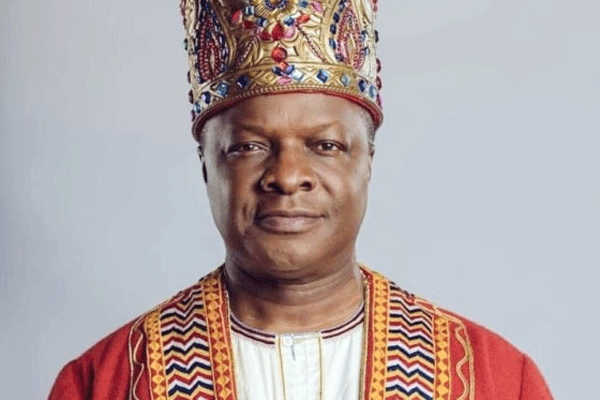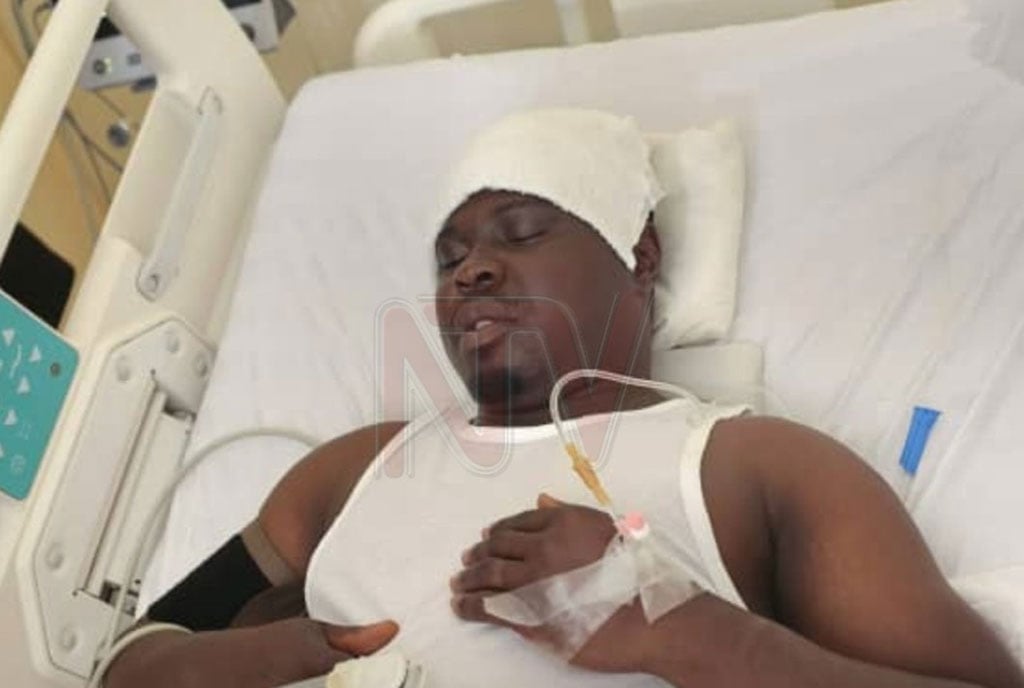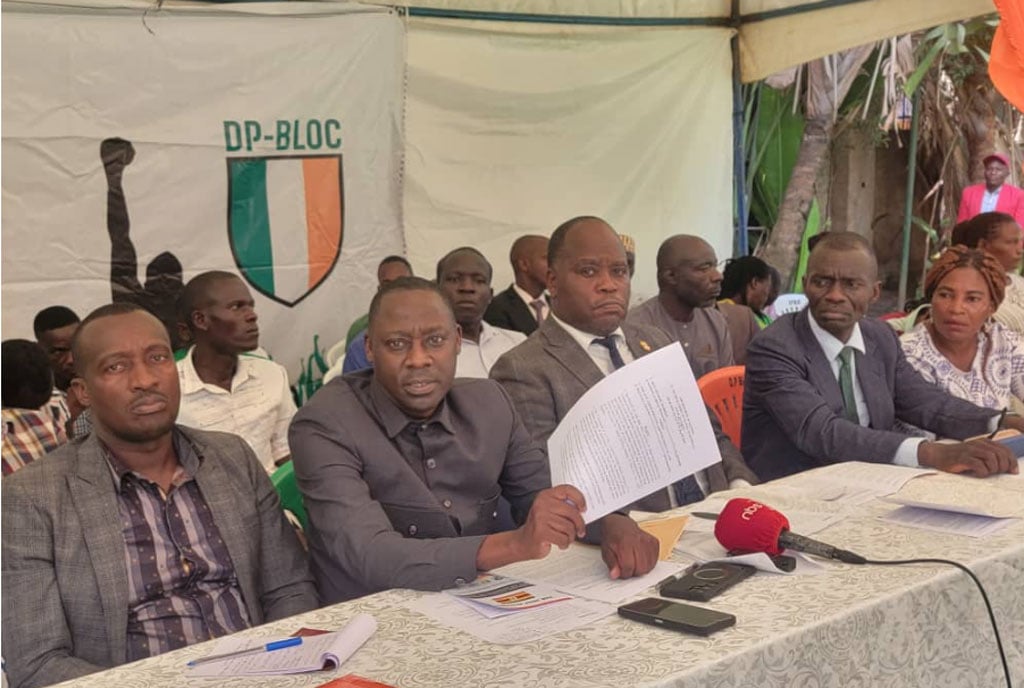Revisiting the first coronation

Kabaka Ronald Muwenda Mutebi of Buganda Kingdom. PHOTO/FILE
What you need to know:
- Kabaka Mutebi met with the Lukiiko members and also unveiled his own statue to commemorate his coronation.
- This statue is within Bulange, facing Kabakanjagala Road and his Mengo palace.
Tears of joy were shed on July 31, 1993. The day, a Saturday, was the 212th of that year. It was also the culmination of coronation events that had spanned several weeks.
On the evening of July 14, 1993, the kingdom had “resurrected” at Kabowa in Lubaga Division.
The store for the royal drums also known as Mujaguzo, shot to life when the ssabataka or crown prince visited and sounded out a huge drum known as Namanyonyi.
On July 24, 1993, Mutebi participated in two events—the canoe royal regatta at Mulungu- Munyonyo and cleaning a manmade lake that was actualised in the 1880s at the behest of Kabaka Mwanga II. The ssabataka unveiled a monument at a small island within the lake in commemoration of Kabaka Mwanga II.
The following day the ssabataka attended a dedication service that was presided over by the late Orthodox metropolitan Theodoros Nankyama at Namungoona Orthodox Church.
Two days later, there was a memorial lecture at the International Conference Centre in Kampala, given by Prof Mathias Mulumba.
The ssabataka also met with the National Resistance Council members as well as the chairpersons of the Resistance Councils III, IV and V from Buganda.
The meeting took place at Banda palace, and had been preceded by talks with business moguls, James Mulwana and Gordon Wavammuno, among others.
Statue
In the preceding days, Kabaka Mutebi met with the Lukiiko members and also unveiled his own statue to commemorate his coronation. This statue is within Bulange, facing Kabakanjagala Road and his Mengo palace.
President Museveni also visited Kabaka Mutebi who hosted him for dinner at Banda palace.
On the eve of the enthronement day, the kabaka spent the night at Buganda House in Buddo, where traditional ceremonies were held overnight.
At 6am, a mock battle called Olutalo lw’ebirumbilumbi (cultural symbolic battle) between the kabaka and his chief, the custodian of the cultural enthronement sites—ssemanobe—took place at the gate of Kings College Budo.
A few metres away at the coronation site thousands were waiting to catch a glimpse of the king. Music bands and traditional drums roared
On the D-Day, crowds that had descended on Naggalabi the previous evening—even during the course of the week—were in full voice. Thousands of Buganda enthusiasts had trekked from global locations and from within to witness the coronation of the 36th king of Buganda.
Kabaka Ronald Muwenda II adopted the name Kimera, one of the demised kings of Buganda. The kabaka-in-waiting and his sister Agnes Nabaloga—the lubuga—arrived at the coronation site. This was about 9am. Kabaka Mutebi was carried on the shoulders of the royal bearers.
High level dignitaries, including political and religious leaders, had started arriving at 7.45am. At 8:35am, Vice President Samson Kisekka checked in. President Museveni soon followed in 10 minutes later.
Kabaka Mutebi was in the meantime marching towards Bwanika House at Naggalabi. The almost one-kilometre trek left a few beads of sweat rolling over his face. He arrived at Nakibuuka House, also a coronation site. A traditional priest called kimbowa is in charge of this house.
At 9am, according to kabaka’s press secretary, Dick Kasolo, Mutebi arrived at the main site carried by the royal bearers of the Embogo clan. Ululations enveloped the place.
“The kabaka, with a pleasant smile, waved at the crowd as he went to take a seat at the Namulondo,” Mr Kasolo recalls.
The kabaka wore a leopard skin and bark cloth. To give the kabaka full sovereignty over his kingdom, ssemanobe draped a backcloth over Mutebi’s right shoulder.
“A second one was draped over the left shoulder to signify mortal supremacy over his kingdom,” Kasolo told Sunday Monitor, adding: “He was also crowned by the head of the Mamba clan and again carried shoulder-high. He again stood on the Namulondo for the second time at about 9.10am.”
Ssemanobe then gave the kabaka a spear as a symbol of defence of the people and his kingdom. The head of the Nkima clan, who goes by title mugema, then conferred the kabaka with a third back cloth that signifies the official sovereign. The leopard skin signifies bravery. Two spears and a shield handed to Mutebi still remain symbols of defence to his people.
The modern religious ceremonies were administered by all then heads of major religions. All are dead today and include Archbishop Yona Okoth, Bishop Misusera Bugimbi and Nankyama.
“The auxiliary bishop of Kampala Matthias Ssekamanya put the first ring on Kabaka’s finger while Bishop Wilson Mutebi put the second ring symbolising marriage to his subjects,” Joyce Mpana remembers.





